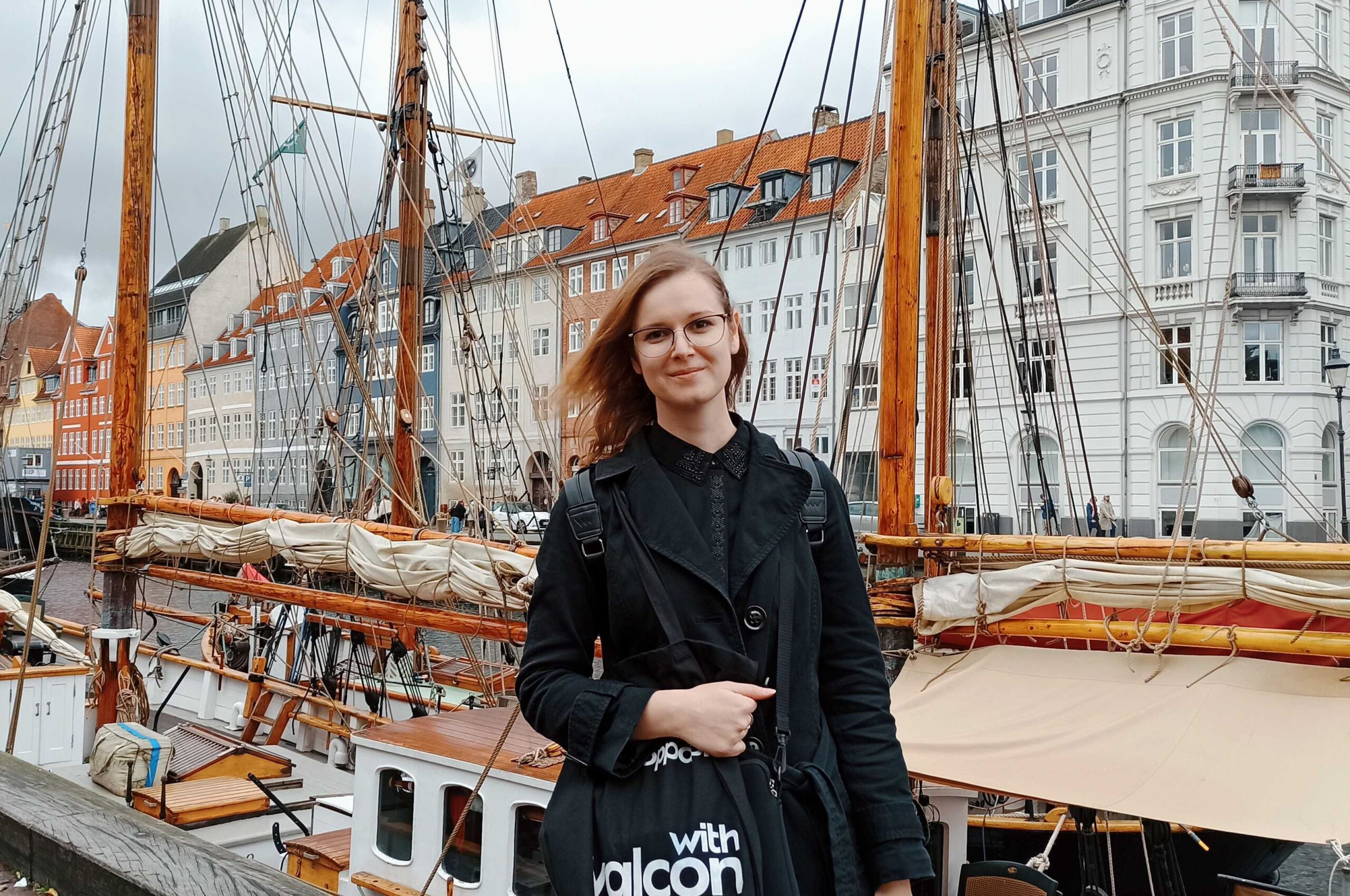Situation
The client manages healthcare properties in the capital region of Sweden amounting to a booked value of SEK 45 billion. In addition to the internal employees of approximately 265 people, the company employs several thousand through contractors and consultants. On behalf of the county council, the client carries out around 600 construction projects annually. Being able to handle information about healthcare properties is one of several foundations in the client’s ability to conduct its business.
Valcon has been a digitalisation partner to the client since early 2017 and we are still cooperating. We have been a key partner in the transformation of the operational, tactical and strategic levels for more than six years. The transformation ranges from strategy deployment, enterprise architecture, change management, building data warehouses, BI implementations, procurement of new systems and development and roll-out of new applications for contractors.
Like similar companies in the real estate industry, the client had a challenge with neglected digitalisation. This was manifested in difficulties in making information available so that the business processes functioned smoothly, systems lacking connections to the business’s needs and goals, and a business and IT architecture that was perceived as unsystematic. A lot of work that could be digital was done manually, and at the same time, the need for control over the collected property information and the requirements for searchability and analyses increased.
Some examples of challenges:
- No digital strategy or roadmap was available but had to be created and implemented to get everybody on board for the journey
- Many business processes were described but did not fully describe what information is needed for the process to work. This generated difficulties in identifying the information required to support the business
- Registering and archiving documents did not always take place satisfactorily, partly due to unsatisfactory system support. As a result, documents were not fully searchable which greatly affected the efficiency of property management when necessary documents and information could not be found
- In some respects, there was a lack of appropriate requirements for the format and structure of information in construction projects. This made it difficult to implement the projects and reduced control
- Integrations were missing between several applications used in property management, which resulted in information sometimes being in several places or information being moved manually between the applications, reducing efficiency and increasing the risk of errors in information management
- There was a lack of digital support for the procurement process that met the needs of the business, which made it very difficult to get an overview of purchasing volumes and contractual compliance
- The management and follow-up of external property management contractors were difficult due to poor integrations into the contractors’ systems that were not stable. This meant that collaboration meetings focused on this problem rather than real quality improvements. This lack of production control created increased costs and deteriorating quality for the client’s customers
- The enterprise architecture (both processes and IT) was not satisfactorily documented and there was furthermore a lack of a structured process for architectural review, which led to overlapping functionality and a lack of connection to the business’s needs
- There was a lack of organisation to handle digitalisation and in combination with the low degree of digital maturity, there was a lack of ability to handle the company’s digitalisation in the long term
Approach
The work was initiated with an analysis of the current situation that identified the challenges the client was facing. This formed the basis for a digitalisation strategy that was presented to the management team. The strategy contained a qualified assessment of the costs and benefits of the digital transformation. Budget and progress were monitored regularly and reported to the management team to ensure clear financial management of the project and its goals. A detailed implementation plan has since then been renewed and adjusted annually to form the basis for tangible projects that have been implemented. Valcon supported the client on a strategic, tactical and operational level.
At the strategic level, Valcon delivered strategic support to the head of digital development. This work included, for example, advice on a new organisation and processes for the digital business and its connection to the operational activities in property management and projects. It also involved ongoing work with digitalisation strategy linked to the business strategies.
At the tactical level, Valcon provided expertise in the management and follow-up of the digital development portfolio. Valcon continuously contributed with portfolio management methods and competence to drive the digital portfolio management work in an agile manner.
Operationally, Valcon contributed with project management competence and method in several of the sub-projects. These projects included both digital development and process development. The focus was on business development and change leadership aspects, rather than on IT-technical aspects. In several of the sub-projects, Valcon supported process development in connection with digitalisation. The sub-projects entailed improved capacity and production management of the property management as a result of e.g. increased proactivity and more accurate measure work in the core business.
The work was conducted consistently with agile methodology (Scrum) under the framework of SAFe. This means that the programme management continuously had control over all projects included in the portfolio and was able to follow their development on an ongoing basis. The method provided a framework for continuously evaluating and managing risks in the implementation and being consistent in conducting the development work from an operational perspective with a focus on the business objectives. User stories were continuously used to identify processes and sub-processes that need to be improved and make digitalisation understandable for the business processes. Each sub-project worked systematically with backlogs, which increases transparency. Reconciliations with the steering committee took place every eight weeks and each sprint is two weeks. This provided a continuous opportunity to identify critical elements and continuously re-prioritise both on a smaller and larger scale. The visualisation also provided a very good overview of the current situation in the digitalisation project.
Examples of methods:
- Risk analyses
- Needs and requirements analysis
- Information modelling
- Information classification
- User stories
- Agile methods, SAFe and Scrum
- TOGAF
- Information flow mapping
- Change leadership (Being First)
Results
The project plan, which was updated annually, contained a concrete roadmap that pointed to several important improvement initiatives that were executed in sub-projects producing significant results over several years.
Some examples:
- Organisationally, an architectural council was appointed with a Chief Enterprise Architect. Processes for the work of the Architectural Board were developed. The Board created a dialogue between the business and the IT organisation
- A consistent information model called the Real Estate Core was introduced. The information model created structure and, in the sense, that the same definitions and structure for the information must be applied regardless of storage location or system
- A new document management system was procured to create increased searchability for the documents required in the business processes and to remove applications with overlapping functionality. The work involved, among other things, mapping the operational and administrative operations’ document management processes and proposing changes to these. The system implementation was however paused before full implementation
- Improved processes for reporting and managing property management were developed. To enable this, a data warehouse was established, which enabled a better and quality-assured information supply, as well as automated management reports
- The record-keeping process was simplified and systematised. New system support was established to support the process, which led to the elimination of accumulated imbalances
- The procurement process and its support system were reviewed to create conditions for procuring and establishing improved system support. Requirements were set and a new purchasing system was acquired to increase transparency in purchasing
- The introduction of a new capacity and production system support for the property management contractors enables them to plan, carry out, document and report their activities directly in the client’s property system. The work has entailed significant improvements in capacity and production management for operations, which in the long run translates into substantial cost savings
- Systematic change and information work were conducted throughout each sub-project to ensure long-term sustainable solutions
The responsibility for the implementation of the digital transformation was moved closer to operations. This was made possible by the fact that an increased degree of digital maturity had been achieved in the operational activities through ongoing change management work focused on the middle managers and the involvement of the activities in reference groups and project groups. The purpose of the change was to create increased ownership in property management and other relevant businesses. Valcon supported the client in the work of transferring the main responsibility for digitalisation to the administrative staff.













